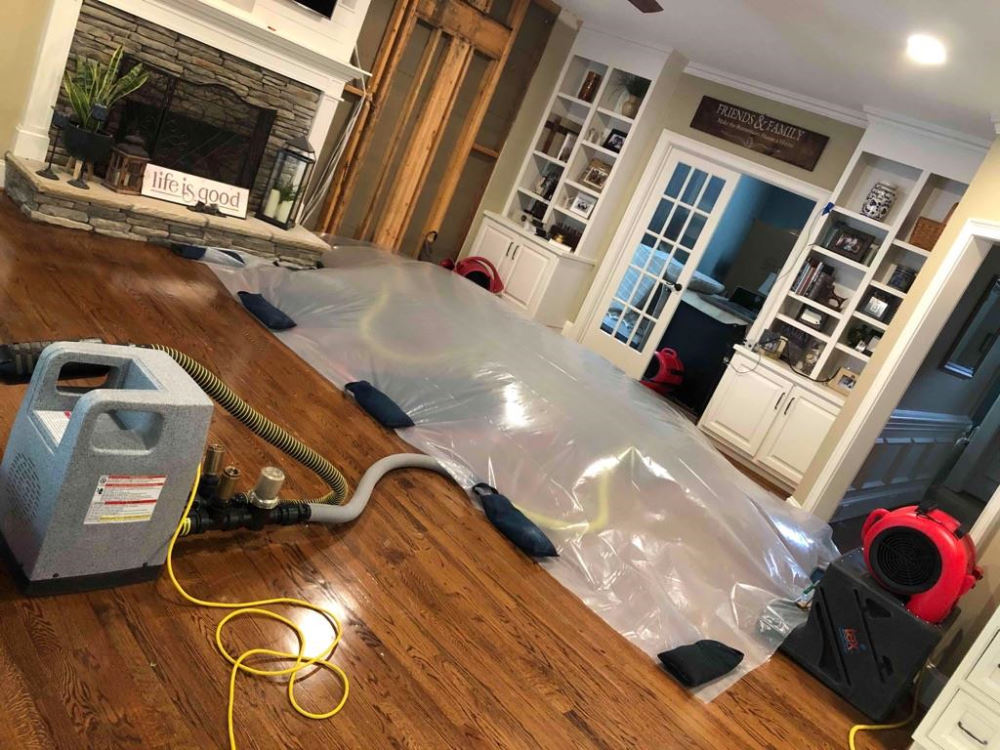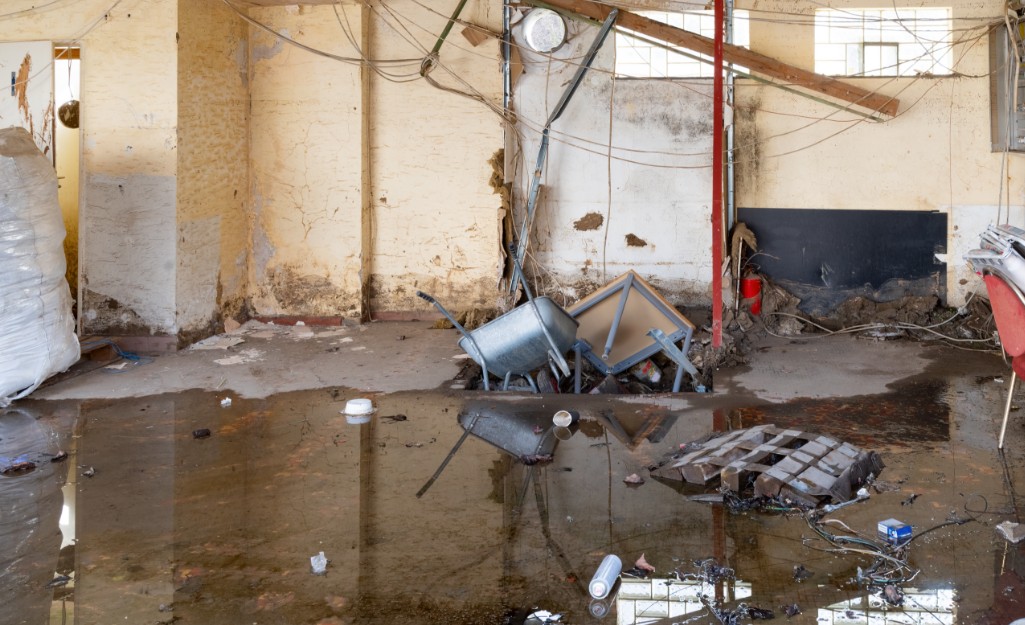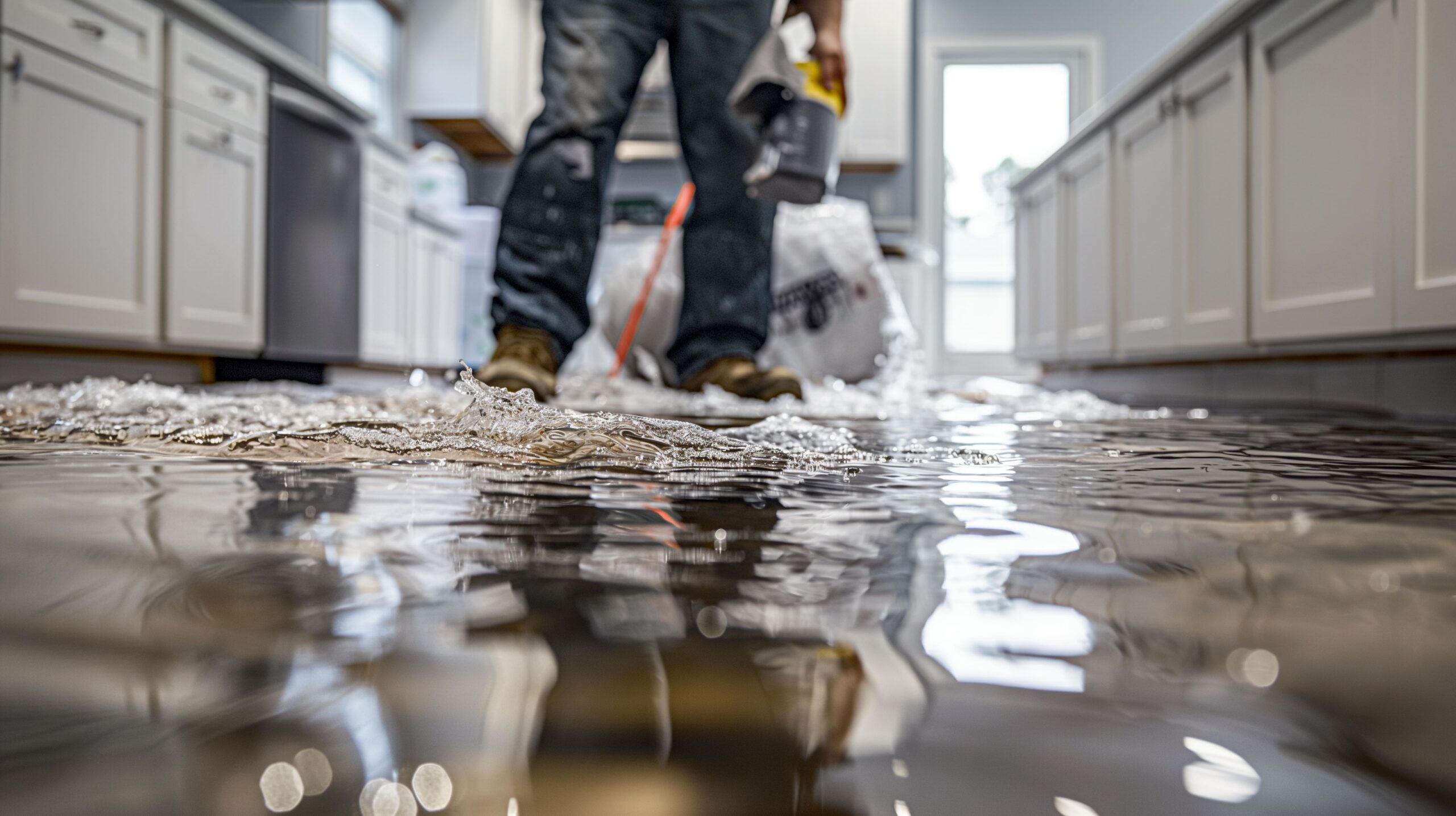Your Step-by-Step Emergency Plan for Smoke Damage Restoration at Home
Important Actions to Comply With for Reliable Water Damage Remediation in Your Home
When confronted with water damage in your house, understanding the vital actions for effective reconstruction can make all the distinction. You require to evaluate the damage and guarantee security before taking on the issue. Quiting the source of water is essential, however it's simply the beginning. There's a series of actions you have to take to safeguard your home from further concerns once you have actually managed that. Let's discover what you must do next.
Examine the Damages
When you uncover water damages in your house, the initial step is to assess the damage completely. Begin by recognizing the resource of the water invasion. Look for leaks, burst pipelines, or various other concerns causing the trouble. Next off, examine the impacted locations for noticeable indicators of damages, including mold, warping, or discoloration growth. Do not neglect to search in hidden spots like behind walls or under floor covering, as water can permeate right into these areas unnoticed.Document the damages by taking clear images and notes. When reviewing the scenario with your insurance policy provider or restoration professionals, this will assist you. Take notice of the sort of products impacted, as various materials require various repair strategies. Evaluate the level of the damage. Is it substantial or minor? Understanding the scope will certainly assist you in making a decision whether to handle it yourself or employ the specialists for a more considerable repair procedure.

Guarantee Safety
Prior to you start any remediation work, ensuring your security is necessary. Initially, examine the problem of your home. If the water's deep or if you observe electric threats, do not go into the area. Shut off the electrical energy and gas supply to avoid crashes. Use safety gear like gloves, masks, and boots to secure on your own from pollutants or mold.It's crucial to stay familiar with your surroundings; expect sharp objects and slippery surfaces. If the water is from a sewage backup, treat it as contaminated materials. Maintain children and pets far from influenced areas to avoid exposure.Once you have actually taken these preventative measures, you can continue with the remediation process. Bear in mind, your security comes first, and if you're ever unclear, it's finest to seek advice from a professional. Taking these actions will aid ensure you're ready to deal with the remediation securely and successfully.
Stop the Resource of Water
After guaranteeing your security, the following step is to stop the source of water. Determine where the leak is coming from. Maybe a burst pipe, a defective appliance, and even hefty rainwater getting in with a harmed roofing system. If it's a pipes issue, transform off the primary water supply to your home to stop further flooding. For appliances, disconnect them and turn off their water system valves.If the resource is outside, like rain, attempt to divert it away from your home using sandbags or various other barriers. For minor leakages, you might be able to utilize tape or a sealer temporarily up until a professional can repair it. Remember, dealing with the resource promptly is necessary to reducing damage and stopping mold growth. When you have actually quit the water, you'll remain in a better position to carry on to the next action in the remediation process.

Remove Excess Water
Act promptly to eliminate excess water, as standing water can bring about more considerable damage and mold and mildew growth. Initially, gather your tools: a wet/dry vacuum cleaner, buckets, and towels. If the water is superficial, you can use towels to take in the moisture. For much deeper water, a wet/dry vacuum is your finest wager. Ensure to clear the vacuum cleaner frequently to prevent overflow.If the water is infected, like from a sewage backup, use safety gear, including masks and gloves, to keep yourself risk-free. As soon as you've eliminated as much water as feasible, examine for covert pockets of dampness in edges and under furnishings, as these can nurture mold.Don' t fail to remember to transform off electrical home appliances and power electrical outlets in wet areas to stop hazards. This preliminary action is important in decreasing damages and setting the stage for a successful repair procedure.
Dry and Dehumidify the Area
Once you've eliminated the excess water, it's important to completely dry and evaporate the location extensively. Beginning by utilizing dehumidifiers effectively to pull dampness out of the air and protect against mold and mildew development. anonymous Watch on moisture levels to ensure the area dries totally.
Eliminate Standing Water
To successfully deal with water damage, you need to concentrate on removing standing water as quickly as possible. Begin by collecting required tools, like a wet/dry vacuum or a pump, depending on the quantity of water. A vacuum cleaner needs to do the method if the water is shallow. For larger quantities, a pump is extra effective. While working, see to it to put on safety equipment to keep yourself secure from pollutants. As you remove the water, pay attention to concealed areas like under furniture or in corners where water might accumulate. When you've eliminated the bulk, your area will start to dry out. This action is vital, as lingering water can result in mold development and much more comprehensive damages.
Use Dehumidifiers Effectively
Just how can you efficiently make use of dehumidifiers to completely dry and evaporate your space? Beginning by placing your dehumidifier in one of the most afflicted location, ideally where water damages is most serious. Ensure to shut all windows and doors to create a closed environment. Transform on the dehumidifier and established it to the proper humidity degree, usually around 30-50%. Vacant the water collection storage tank frequently, or consider making use of a version with a continuous drainage choice for convenience. When possible, make use of fans to improve air movement, helping the dehumidifier work extra effectively. Maintain the dehumidifier running till you're confident that the area is extensively dried, stopping mold and mildew growth and additional damage (Water Damage Repair). This action is important for efficient water damages restoration
Monitor Humidity Degrees
Monitoring humidity levels is necessary throughout the drying process, as it helps guarantee your room remains complimentary from excess dampness. Spend in a reputable hygrometer to track moisture properly. Preferably, you intend to keep levels between 30% and 50%. You may need to change your dehumidifiers or followers to improve air flow if humidity readings increase above this variety. Inspect the readings consistently, especially in areas prone to moisture, like washrooms or cellars. If you see relentless high moisture, think about enhancing ventilation why not look here or using additional dehumidifiers. Remaining on top of these degrees not just accelerates the drying out procedure yet also protects against mold and mildew growth, guaranteeing your home keeps secure and comfortable.
Clean and Disinfect Affected Surfaces

Recover and Repair Your Home
After cleaning and decontaminating the impacted areas, it's time to recover and repair your home. Begin by evaluating the damages. Look for architectural problems, like weakened wall surfaces or floors, and resolve any type of necessary repairs. Changing damaged drywall or floor covering is important for both visual appeals and safety.If your furnishings or possessions were influenced, think about whether they can be salvaged or need substitute. Clean or skillfully restore products where possible.Next, touch and repaint wall surfaces up any kind of locations that require interest. This not just improves appearance yet also secures surface areas from future water damage.Don' t forget to inspect your pipes and devices for leaks, making sure everything's functioning appropriately. Consider installing a dehumidifier to stop future dampness concerns. By taking these steps, you'll restore your home to its former magnificence and create a safer living atmosphere.
Often Asked Concerns
Just How Lengthy Does Water Damages Restoration Normally Take?
Water damages restoration generally takes anywhere from a few days to a number of weeks, depending upon the degree of the damage (Flood Damage Restoration). You'll wish to examine the circumstance quickly to minimize more complications and ensure proper remediation
Will My Insurance Coverage Cover Water Damages Repair Costs?
Your insurance coverage might cover water damage reconstruction expenses, yet it depends on your plan. Examine your protection information and contact your insurance agent to clarify what's consisted of and what you need to file a claim.
Can I Deal With Water Damages Reconstruction Myself?
You can manage water damage remediation on your own, however it's vital to analyze the circumstance. You might desire to call specialists if it's extensive. Always focus on security and assure you've got the right tools.
What Are the Signs of Hidden Water Damage?
You could observe signs of concealed water damage like deformed walls, stuffy odors, or staining. If your floors really feel mushy or you spot mold and mildew, it's time to investigate better before the scenario intensifies.
How Can I Stop Future Water Damage in My Home?
To stop future water damages in your house, you need to consistently evaluate plumbing, seal fractures, maintain gutters, and assurance appropriate water drainage. Mounting a sump pump and moisture barriers can likewise assist maintain your space completely dry. When you discover water damage in your home, the very first action is to examine the damages extensively. Act quickly to remove excess water, as standing water can lead to much more substantial damage and mold growth. To successfully deal with water damages, you require to concentrate on eliminating standing water as swiftly as feasible. As you eliminate the water, pay focus to concealed locations like under furnishings or in edges where water may websites gather. Water damages repair normally takes anywhere from a couple of days to a number of weeks, depending on the degree of the damage.